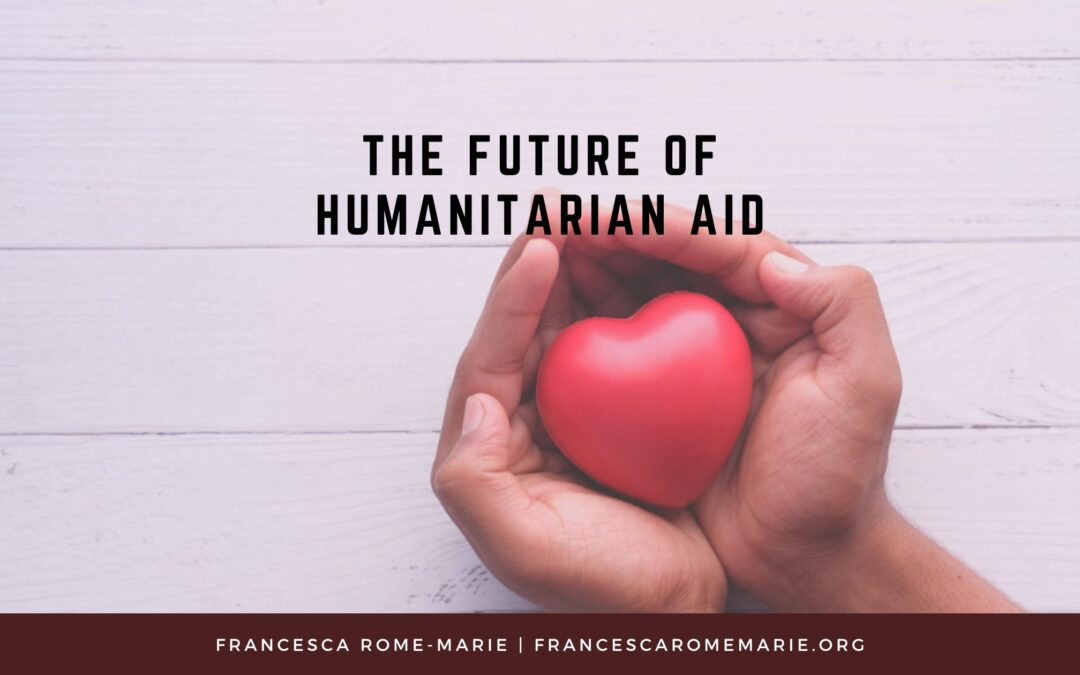Even before the COVID-19 pandemic, experts in the field were discussing ways humanitarian aid needed to evolve to meet future needs and realities. But when suddenly every nation was suffering in the pandemic and travel became globally restricted, a different approach towards humanitarianism became even more necessary.
The New Humanitarian asked a cross section of leaders from the aid sector to share what the future of humanitarian aid might look like. While their answers aren’t uniform, a few themes are prominent.
Localisation
Activists and humanitarians have been talking about ensuring the involvement of aid recipients in every step of the process for some time now, but the global pandemic highlighted both the fragility of the international donor scheme and the innovation of existing local networks. As the entire world faced shortages, many respondents emphasized the need for greater investment in independent systems.
Humanitarian aid needs to examine and challenge its existing power structures, dismantling the framework of a transactional relationship between wealthy “donors” and poor “beneficiaries.” Restructuring in a way that centers local networks and resiliency requires acknowledging the fact that the concept of humanitarianism is not something that was invented by the international aid community. Decolonising aid and listening to recipients are necessary for sustainability. If we are going to build a model that can withstand future crises we must do it together – employing the talents and knowledge of those affected by displacement and crises.
Re-Branding
Many criticize the current structure as slick-branded international NGO’s competing with each other for funding to use on very similar programs. As ever-increasing needs vie for the same resources some see the need to consolidate and streamline international aid.
A few think the entire methodology should change, arguing for a shift to the for-profit industry taking a bigger role. Others advocate for restricting humanitarian aid to only providing short-term assistance in the immediate aftermath of a crisis. For others, the answer lies in initiatives that reduce need in the first place, like the WFP’s Purchase for Progress program.
Climate
Climate change, with both direct and ancillary impacts, is top of mind. There is recognized need to include preparedness so that help is available, for example, in advance of weather disasters, not just in response to them. There is also need to equitably share responsibility and help prevent the effects of climate change and expected increase in displacement and migration from causing conflict.
For some, addressing societal effects – such as increasing authoritarianism due to climate induced social stressors – are outside the humanitarian aid sphere. Yet others consider this to be at the heart of what humanitarianism is.
So, while there is consensus that humanitarian aid needs to be reimagined, the path forward is far from clear.

